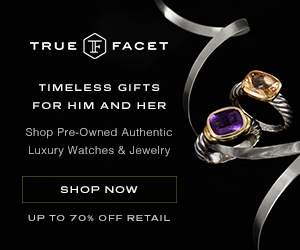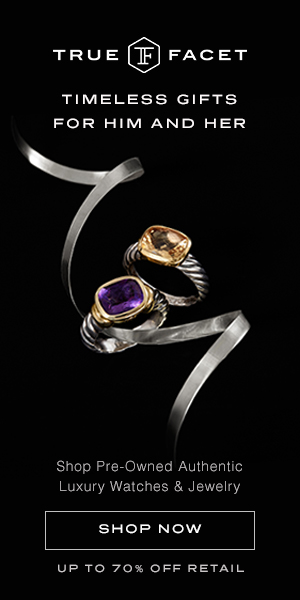How Do I Know I’m Getting a Fair Price for My Jewelry?
When it comes to reselling or trading in your fine jewelry, many people worry they’re being taken for a ride and receiving far less than their piece is actually worth. To help you determine if you’re getting a fair price for your jewelry, we clarify the key factors that influence the resale value of your piece and shed light as to why that jeweler’s quote you just received is a fraction of what you originally paid.
The retail price is not the amount you will receive for your jewelry.
Perhaps the most common misconception about selling your jewelry is the expectation that you will earn the full amount of the listed resell price. The reality is that your payout will be less.
Why?
First off, just like driving a new car off the lot, your item immediately begins depreciating the moment you take it out of the store. So, even if you bought your bracelet just a few months ago, its value has already slipped. Factor in any wear-and-tear and the resale value decreases further.
And, more importantly, your received quote is less than the jeweler’s resale price because the jeweler is effectively placing a bet that they can resell your jewelry and make back their investment. If they cannot find an interested buyer, the jeweler is on the hook for that sunk cost.
Moreover, jewelers rely on that margin to keep their doors open and lights on; it would be bad business for them to resell the item at-cost.
But, if you hope to recoup as much of the resell price as possible, consider going the marketplace route and list your item on TrueFacet where sellers keep 85% of the resell price.
The cost of the gold per ounce does not necessarily positively influence the amount you’ll earn.
Logic would tell you that, if your weighty necklace is made with 18K gold, the gold itself (when melted down) is worth a pretty penny. Therefore, at minimum, your gold necklace should literally be worth its weight in gold, right?
Unfortunately, no. Pure gold is sold by the ounce, but karat gold used for jewelry making is sold by the gram. Therefore, you need to convert the weight of your jewelry from grams into ounces, roughly 31.1 grams per ounce. Furthermore, karat gold is made of pure gold and a harder, alloying metal, so only a percentage of the karat gold’s total weight (in ounces) is pure gold.
So, once you calculate all these weights and percentages, you’re left with value of the gold alone, which may be less than you initially expected.
All else equal, branded jewelry will fetch more than unbranded jewelry.
Shoppers generally prefer to have a luxury brand name attached to their jewelry. It’s not just a status symbol; the respected designer name gives shoppers the added assurance that the item is made of high-quality materials by the world’s leading craftspeople. Therefore, a brand name will increase the resell price of your item.
One thing any jewelry seller should remember is that just because a particular item carries sentimental value to you, its resale value is based on an objective appraisal. Unless its documented past owners were celebrities or historic figures, the piece’s personal history is not likely to inflate its cost.
With all this in mind, if you suspect you’re being under-quoted, have your pieces appraised by a handful of jewelers. This will give you a better idea of the market value and peace of mind that you’re being quoted fairly.







